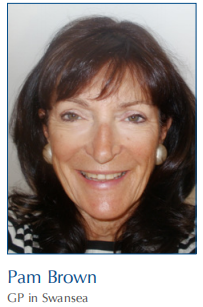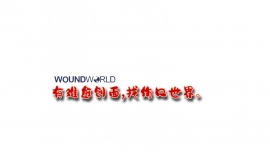文献精选
Serious adverse pregnancy outcomes (congenital anomalies, stillbirths and neonatal deaths) occurred in 6.6% of women with type 2 diabetes in 2022, up from 4.9% in 2021, according to data just published in the National Pregnancy in Diabetes (NPID) Audit, while preparedness for pregnancy also decreased. In contrast, adverse pregnancy outcomes and preparedness for pregnancy improved year-on-year in women with type 1 diabetes. Overall, 1 in 2 babies born to mothers with pre-existing diabetes had complications related to maternal glucose, such as large birth weight, premature delivery (<37 weeks’ gestation) and admission to neonatal care units. In 2022, there were more pregnancies in women with type 2 diabetes (nearly 3000) than in those with type 1 diabetes (2300). NICE recommends that preparedness for pregnancy should include use of reliable contraception until the target HbA1c of <48 mmol/mol is achieved, monthly HbA1c checks when trying to conceive, 5 mg folic acid daily, advice on weight loss if BMI is >27 kg/m2 , and medication review with replacement of potentially harmful medications such as ACE inhibitors, ARBs, statins and glucose-lowering drugs other than metformin and insulin. Immediate referral to specialist antenatal care as soon as pregnancy is confirmed is also recommended. The NPID report recommends that Integrated Care Boards in England and Welsh Health Boards ensure that CGM and hybrid closed-loop pumps are accessible for appropriate women with type 1 diabetes; that providers of maternity diabetes care improve glucose-lowering to reduce the adverse trend of serious pregnancy outcomes; and that the HbA1c target of <48 mmol/mol at conception, prevention of unplanned pregnancy and preparedness for pregnancy remain imperative targets.

Citation: Brown P (2023) Diabetes Distilled: Pregnancy outcomes worsen for women with type 2 diabetes. Diabetes & Primary Care 25: 175–7
Cardiovascular risk and lipid-lowering therapies are not new concepts in type 2 diabetes management. However, over recent years, lipid therapies have evolved and clinicians are now faced with more options than just statins. This At a glance factsheet is a brief guide to the newer lipid-lowering therapies available, their different modes of action and their place in treatment. A previous factsheet has discussed cardiovascular risk and how this should be assessed to guide whether lipid-lowering therapy is indicated.
The 59th European Association for the Study of Diabetes Annual Meeting was held on 2–6 October in Hamburg, Germany.
In this brief report, we summarise the key presentations from a primary care perspective.
Gastroparesis is a recognised complication of diabetes (both type 1 and type 2) and, whilst not the most commonly observed complication, it carries with it a significant impact on a person’s health, glycaemic control, social functioning and mental wellbeing. Gastroparesis is often not well recognised because of the disparate group of symptoms it may present with. Symptoms are often misattributed or not recognised, and consequently the diagnosis is either missed or delayed. It should be managed by a multidisciplinary team with knowledge of and expertise in this area. Above all, the team should be understanding and help steer patients to the best supportive care.
Author: Simon Saunders, Clinical Lead Academic Consultant in Diabetes and Endocrinology, Mersey and West Lancashire Teaching Hospitals NHS Trust
Citation: Saunders S (2023) At a glance factsheet: Diabetic gastroparesis. Diabetes & Primary Care 25: 121–3




